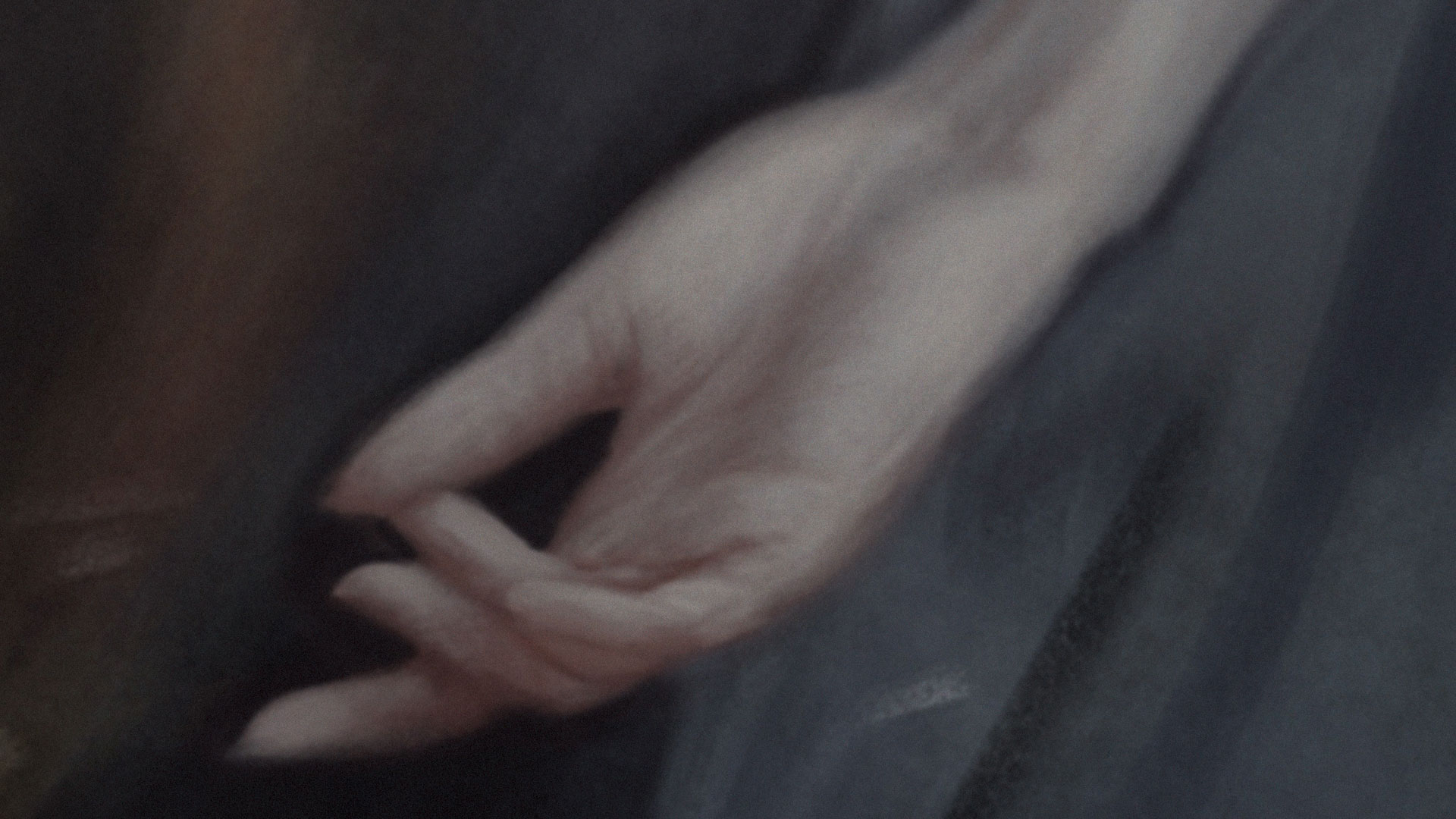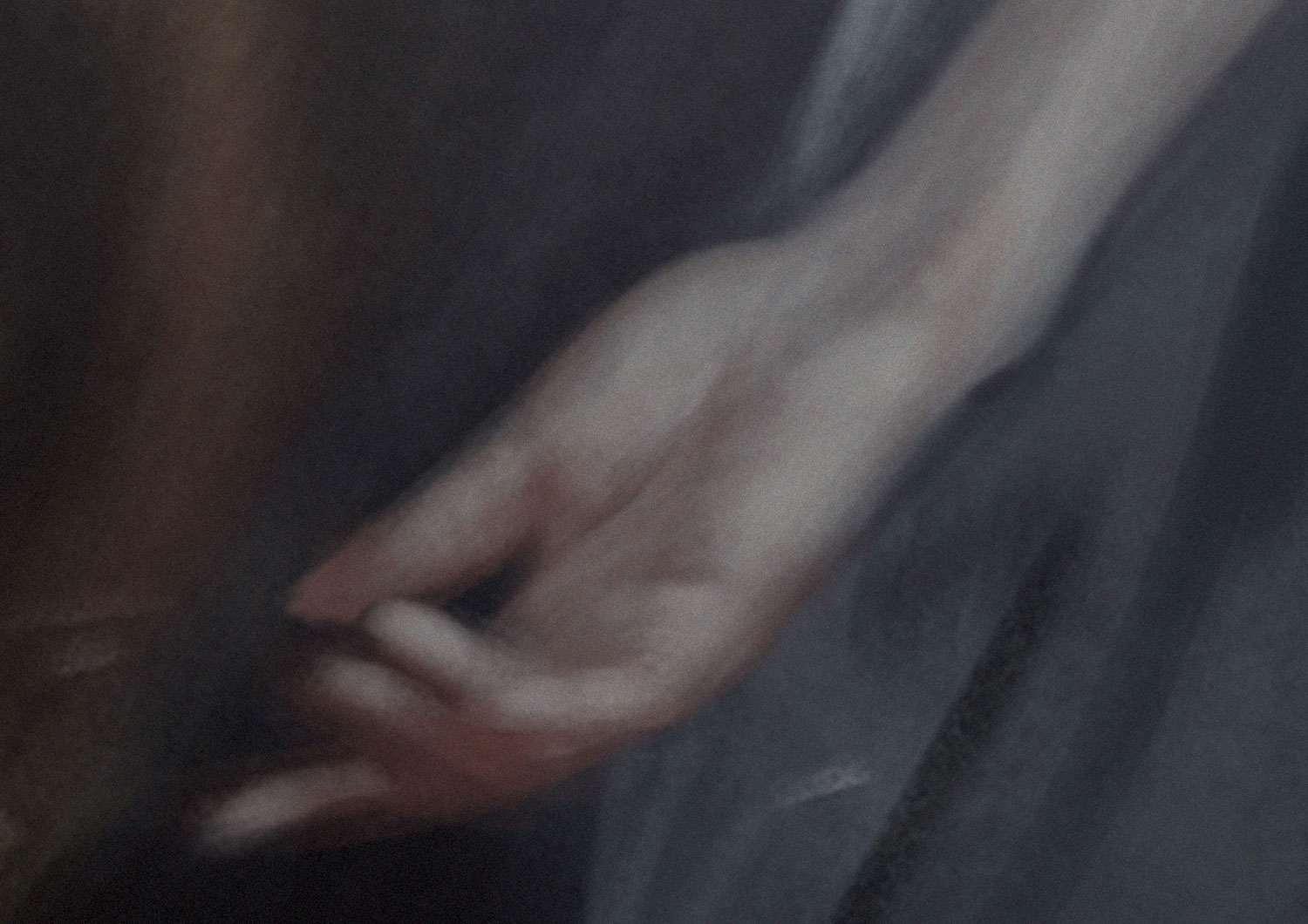Top tips for painting expressive hands
Well-executed hands can enhance the mood of a painting; follow our tips for getting them right.

Hands are probably the most difficult anatomy element to know how to paint, even more so when they have to convey an emotion. And if they're not well executed they can ruin a painting. Hands can express everything from sadness to joy, but whatever the emotion I'm aiming for, I always start with pencil sketches to find out exactly what I want to express. I don't care if the anatomy isn't correct – I just try to focus on the emotion and/or story that I want to tell with my character.
Once I have a clear idea of the composition, the next thing I do is to gather references, to help get the hands right. When I have to paint some complex-looking hands I usually use myself as a model. This helps to avoid any anatomy mistake and also it's a great way to find the perfect hand position. Posing in front of a mirror will help you to capture the emotion that you're after.

Your chosen lighting scheme can also help to increase the emotion of a scene. A soft light will go very well with delicate hands, while a strong light with contrasted shadows will be perfect for stressed-looking hands. You can also play with anatomy details such as veins if you want to achieve an even more intense emotion.
I sometimes use a specific colour scheme to enhance the feeling of an image. If the character is sad then I'll pick pale, gentle colours. But if my character's meant to be happy then the colour scheme will be more saturated, with intense colours on show.
01. Line art

I lay down quick line art to start depicting the hand. For this article I want my character's hand to look very soft, almost floating in the air. I choose a pastel-based colour scheme: a pale blue mixed with a tender beige for the hand. I use a soft brush to create the base, ensuring that there's some colour variation, ready for the skin texture.
02. Definition

Now I start to further define the hand, slowly developing the shape of the fingers and the palm. The hand must look delicate and so the fingers need to be long with no hard lines. To save time I don't try to create perfectly detailed hands. The key anatomy signposts such as nails or wrinkles can be suggested by simple touches of light.
03. Texture and light

I add more details, and work on the skin texture with the same Soft brush. I soften the light because I don't want it to become too strong and ruin the emotion I want to convey. I'll also leave the hand's outline blurred to achieve an even more tender feeling to the whole element. Clean outlines suit hands that are conveying a tense attitude.
Daily design news, reviews, how-tos and more, as picked by the editors.
This article originally appeared in ImagineFX issue 140; buy it here!
Related articles:

Mélanie is a freelance illustrator who specialises in fantasy. She is a digital painting instructor at CGMA.
